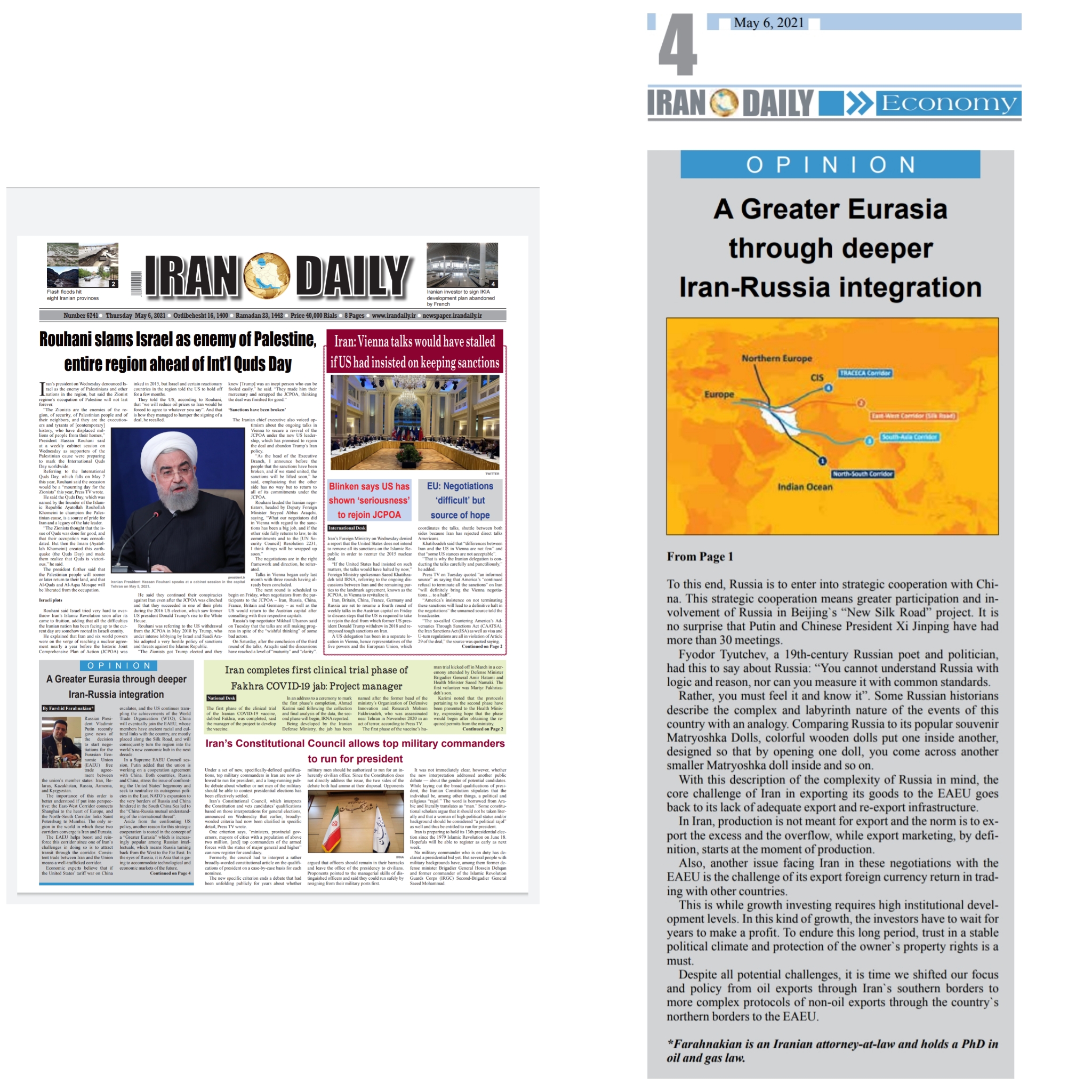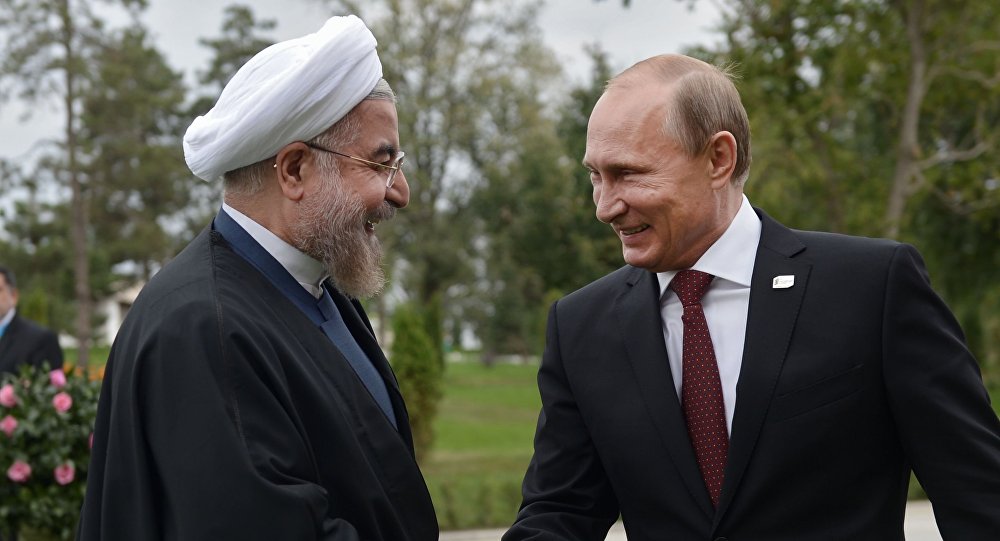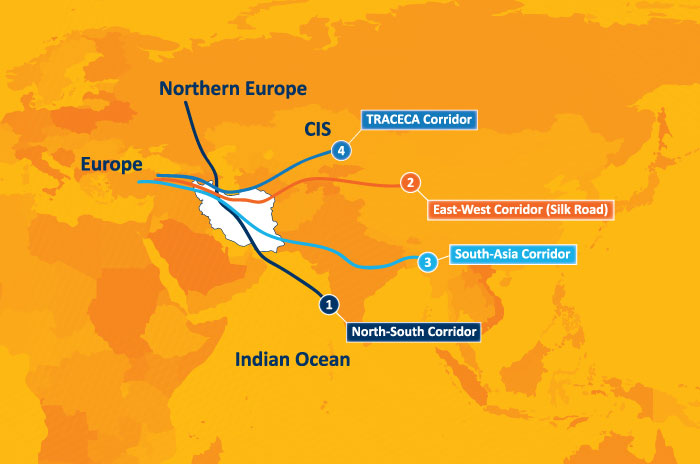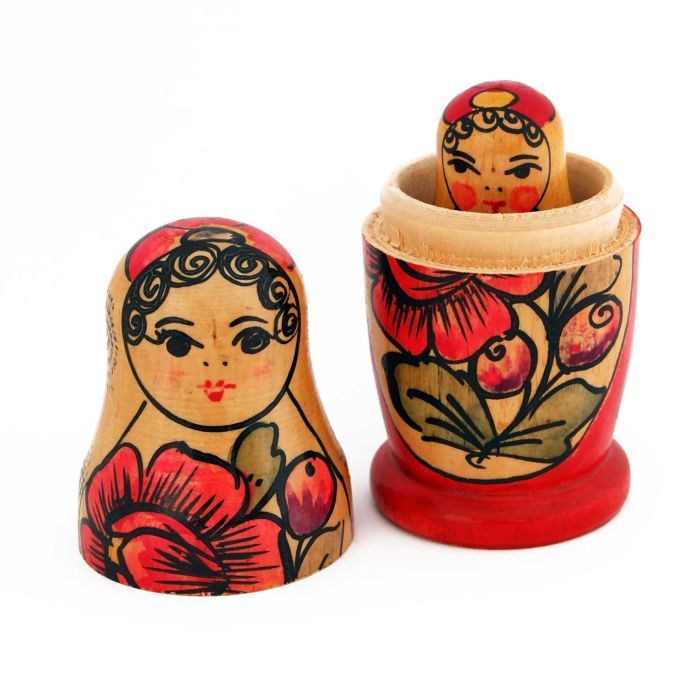A greater Eurasia with Iran–Russia deepening integration
Post Description: Aside from the confronting US policy, another reason for this strategic cooperation goes back to the concept of a “greater Eurasia” increasingly popular among the Russian intellectuals, which involves Russia turning back from the west to the Far East.
This article was published in May 2021 in Iran Daily newspaper.
A greater Eurasia with Iran–Russia deepening integration

The Russian president; Vladimir Putin, recently gave news of the decision to start negotiations for the Eurasian Economic Union (EAEU) free trade agreement between the union`s member states: Belarus, Kazakhstan, Russia, Armenia, Kyrgyzstan, and Iran.

The importance of this order is better understood if put into perspective: the East-West Corridor connects Shanghai to the heart of Europe, and the North–South corridor Saint Petersburg to Mumbai. The only region in the world in which these two corridors converge is Iran and Eurasia.
The EAEU helps boost and reinforce this Corridor. Since one of Iran`s problems in doing so is the failure to attract transit to the Corridor. Consistent trade between Iran and the Union means a well-trafficked corridor.

The economic experts believe that if the United States' tariff war on China worsens, and the US continues trampling the achievements of the World Trade Organization (WTO), China will eventually join the EAEU, whose members have ancient racial and cultural links to the country, and are mostly placed along the silk road, and consequently turn the region into world`s new economic pole in the next decade.
In a Supreme EAEU Council session, Vladimir Putin added that the union is working on a cooperation agreement with China. Both countries, Russia and China, stress the issue of confronting the United States' Hegemony and seek to neutralize its outrageous policies in the East. NATO`s expansion to the very borders of Russia and China hindered in the South China Sea led to the “China-Russia mutual understanding of the international threat”.
Aside from the confronting US policy, another reason for this strategic cooperation goes back to the concept of a “greater Eurasia” increasingly popular among the Russian intellectuals, which involves Russia turning back from the west to the Far East. In the eyes of Russia, it is Asia that is going to home the technological and economic markets of the future.
To fulfill this concept, Russia is to enter into strategic cooperation with China. This strategic cooperation means greater participation and involvement of Russia in Beijing`s “New Silk Road” project. It is no surprise that Putin and Xi Jinping; the Chinese president, have had more than 30 meetings.

Fyodor Tyutchev; a 19th-century Russian poet and politician, had this to say about Russia: “You cannot understand Russia with logic and reason, nor can you measure it with common standards. Rather, you must feel it and know it”. Some Russian historians describe the complex and labyrinth nature of the events of this country with an analogy. Comparing Russia to its popular souvenir; Matryoshka Dolls, colorful wooden dolls put one inside another, designed so that by opening one doll, you come across another smaller Matryoshka doll inside and so on.
With this description of the complexity of Russia in mind, the core problems of Iran in exporting its goods to the EAEU go back to its lack of infrastructure rendering the exporters helpless.
In Iran, production is not meant for export and the rule is to export the excess and the overflow; while export marketing, by definition, starts at the moment of production.
Also, another issue facing Iran in these negotiations with the EAEU is the challenge of its export foreign currency return in trading with other countries.
This is while growth investing requires high institutional development levels; in this kind of growth, the investors have to wait for years to make a profit. To endure this long period, trust in a stable political climate and protection of the owner`s property rights is a must.
Despite all potential challenges, it is time we shifted our focus and policy from oil exports through Iran`s southern borders to more complex protocols of non-oil exports through the country`s northern borders to the EAEU.
.jpg)